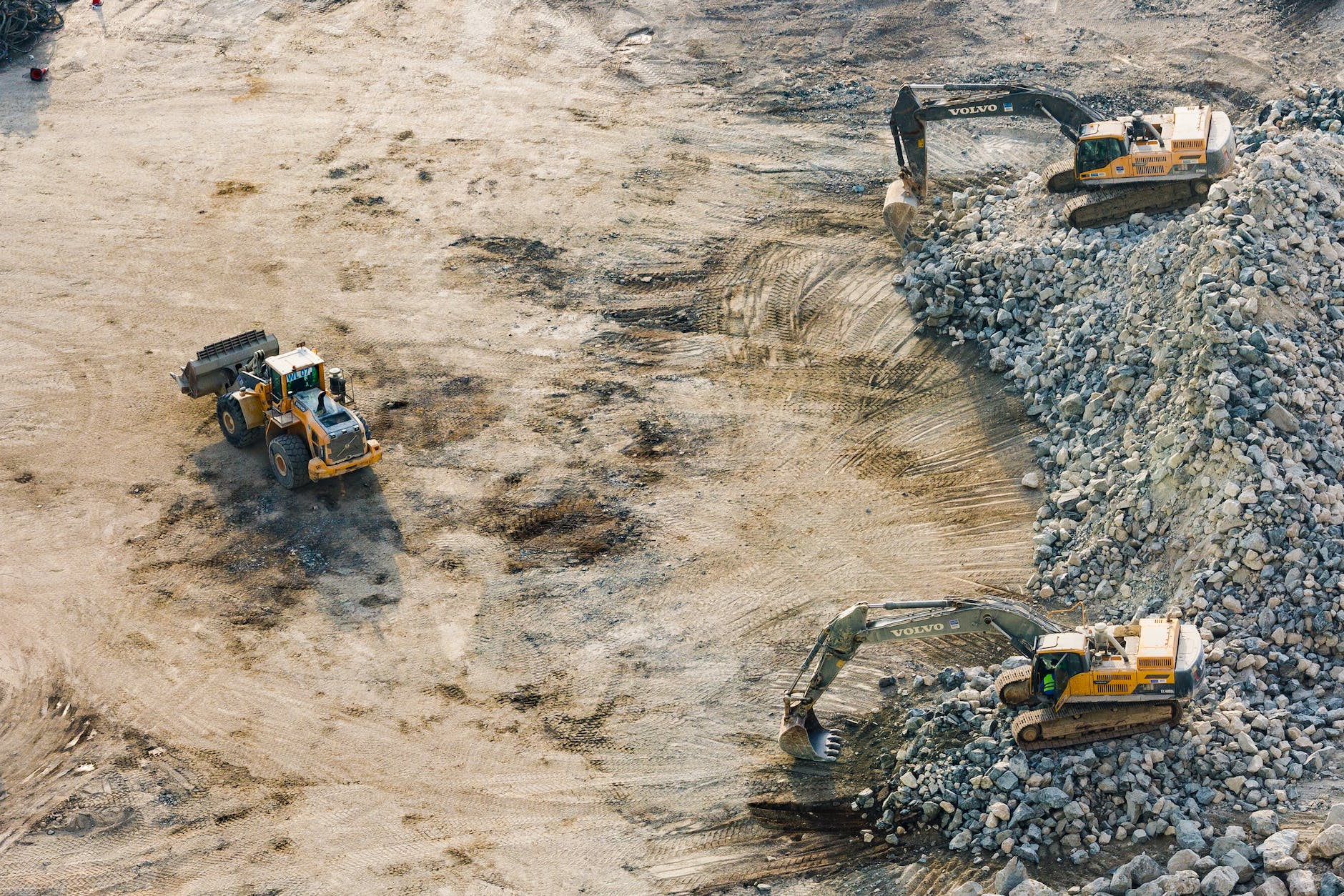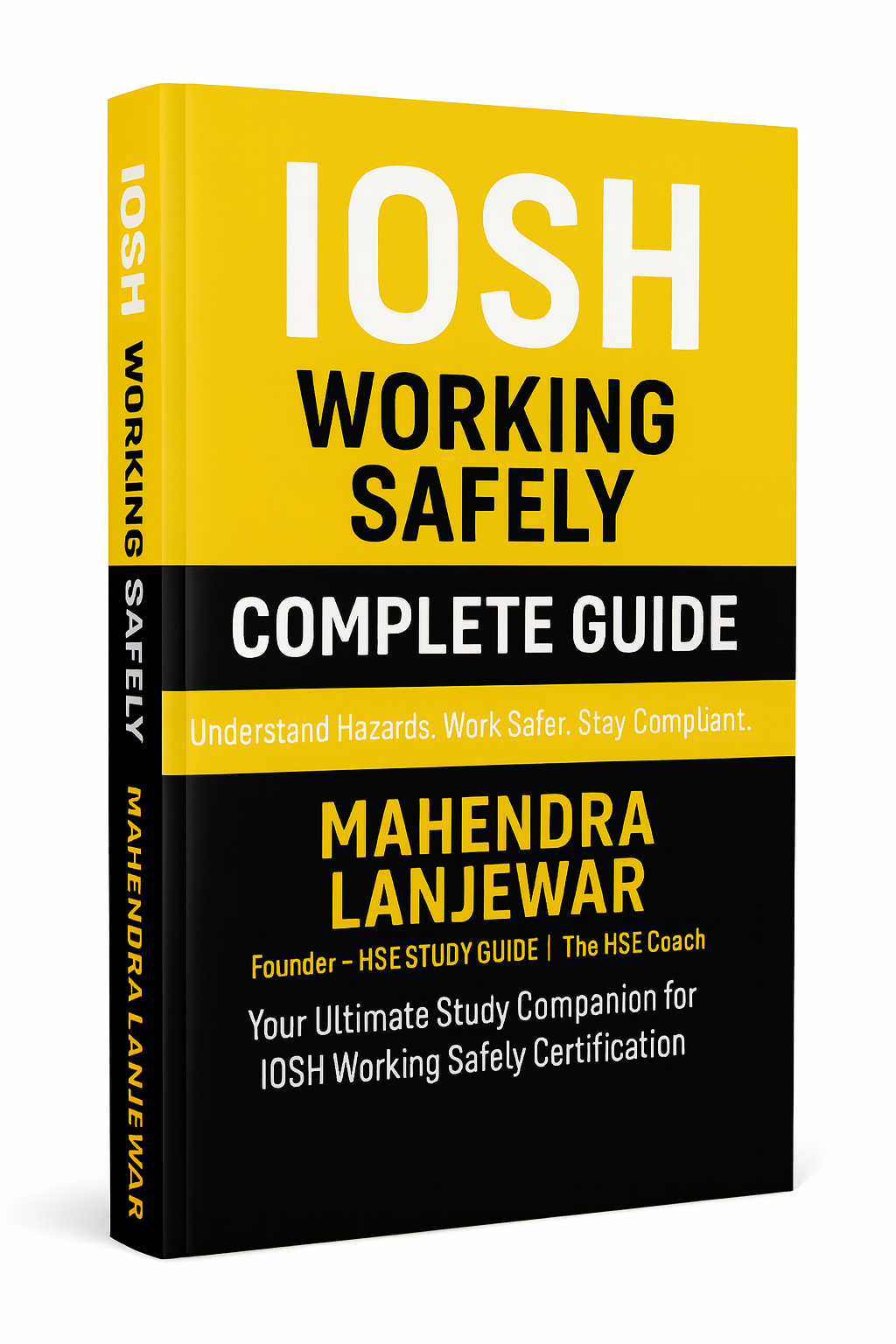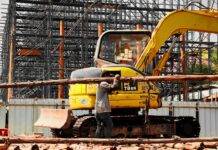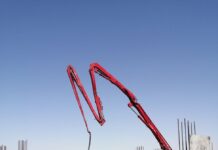
Introduction
Safety in construction is a paramount aspect of any building project, ensuring the protection and well-being of workers, visitors, and the general public. Construction sites can be hazardous environments, with numerous potential risks and dangers. Therefore, implementing robust safety measures is not only a legal requirement but also a moral responsibility for construction companies and workers.
Importance of Safety in Construction
Safety is a top priority in the construction industry because it directly affects the lives of those involved. Accidents and injuries can lead to loss of productivity, costly lawsuits, damage to the company’s reputation, and, most importantly, human suffering. A safe construction site promotes a positive work environment, boosts employee morale, and attracts skilled workers.
Common Safety Hazards in Construction Sites
Falling Hazards
Falls from heights are a leading cause of fatalities and injuries in construction. It is crucial to provide proper fall protection equipment, such as harnesses, guardrails, and safety nets, to prevent such accidents.
Electrical Hazards
Electrical incidents can result from contact with live wires or faulty equipment. Workers must be trained to handle electrical equipment safely, and all electrical systems should be regularly inspected and maintained.
Hazardous Materials
Construction sites often involve the use of hazardous materials like asbestos, lead, and chemicals. Workers should be aware of proper handling procedures and have access to the necessary personal protective equipment (PPE).
Struck-By Hazards
Struck-by accidents occur when workers are hit by moving vehicles, equipment, or falling objects. Proper signaling, designated walkways, and caution signs can reduce the risk of such incidents.
Caught-In or Between Hazards
Workers can be caught or crushed by heavy machinery or equipment. Implementing lockout/tagout procedures and ensuring adequate training are essential in mitigating these hazards.
Personal Protective Equipment (PPE)
PPE plays a vital role in safeguarding workers from various construction hazards. Items like hard hats, safety goggles, gloves, and steel-toed boots should be worn at all appropriate times to minimize injury risks.
Safety Training and Education
Toolbox Talks
Toolbox talks are short safety meetings held before a shift or a specific task. They provide an opportunity to discuss potential hazards and safety procedures to ensure everyone is aware and prepared.
OSHA Training
The Occupational Safety and Health Administration (OSHA) provides comprehensive training programs and resources to educate workers about safety regulations and best practices.
First Aid and CPR Training
Having workers trained in first aid and cardiopulmonary resuscitation (CPR) can save lives in the event of an accident or medical emergency.
Construction Safety Regulations and Standards
OSHA (Occupational Safety and Health Administration)
OSHA sets and enforces safety standards for the construction industry. Companies must comply with OSHA regulations to maintain a safe work environment.
ANSI (American National Standards Institute)
ANSI develops consensus-based standards that guide safe practices, product quality, and environmental impact in construction.
NFPA (National Fire Protection Association)
NFPA provides guidelines and codes to prevent and respond to fire hazards on construction sites.
Creating a Safety Culture in Construction
Leadership and Communication
Creating a culture of safety starts at the top. Company leaders must prioritize safety and effectively communicate its importance to all employees.
Employee Involvement
Involving workers in safety initiatives empowers them to take ownership of their well-being and encourages them to identify and report potential hazards.
Incident Reporting and Investigation
Establishing a transparent incident reporting system helps identify the root causes of accidents and enables the implementation of preventive measures.
Technology and Safety in Construction
Drones for Site Inspections
Drones equipped with cameras provide real-time site monitoring, allowing for early detection of potential hazards and safer inspections.
Building Information Modeling (BIM)
BIM technology enables collaborative planning and visualization, reducing on-site risks through better project coordination.
Wearable Technology
Smart wearables, such as safety vests with built-in sensors, can track workers’ vital signs and location, ensuring their safety and well-being.
Safety Inspections and Audits
Regular safety inspections and audits help identify potential hazards and ensure compliance with safety protocols.
Emergency Preparedness and Response
Having well-defined emergency plans and conducting drills prepare workers to respond efficiently in case of accidents or disasters.
Case Studies: Successful Safety Implementations in Construction
Highlighting successful safety implementations can serve as examples and inspire other companies to prioritize safety.
The Future of Safety in Construction
As technology advances, construction safety is expected to improve further. Embracing innovative solutions will lead to safer work environments and fewer accidents.
Conclusion
Safety in construction is not a matter to be taken lightly. Every individual involved in the construction process has a role to play in ensuring a safe work environment. By adhering to regulations, adopting best practices, and utilizing technology, the construction industry can continue to progress while keeping its workers safe.
FAQs
- Are safety regulations the same globally? Safety regulations may vary from country to country, but the underlying principle of prioritizing safety remains consistent.
- Is PPE always necessary, even for small tasks? Yes, PPE should be worn for any task that poses a potential risk to a worker’s safety.
- Can construction companies be held liable for accidents on-site? Yes, construction companies can be held liable for accidents caused by their negligence or failure to comply with safety standards.
- How can workers report safety concerns anonymously? Many companies have anonymous reporting systems, such as suggestion boxes or dedicated hotlines, to encourage workers to speak up without fear of reprisal.
- What role does employee training play in safety improvement? Proper training enhances workers’ awareness of potential hazards and equips them with the knowledge to protect themselves and their colleagues.
























